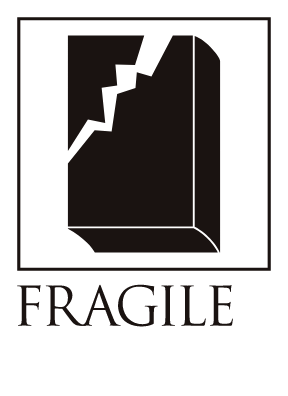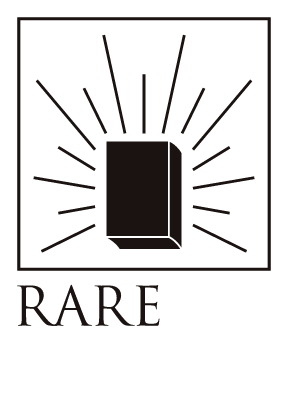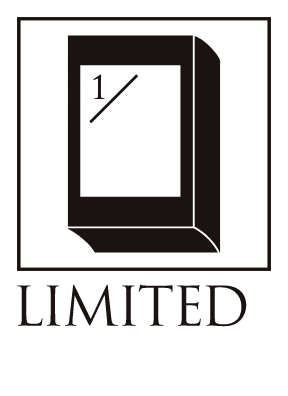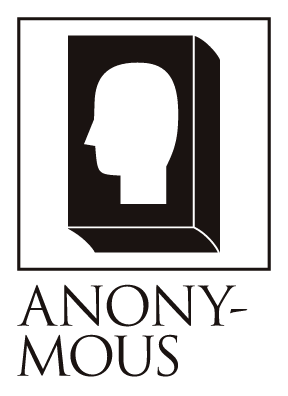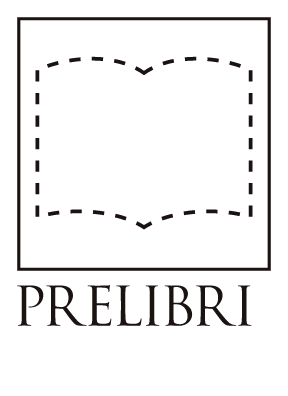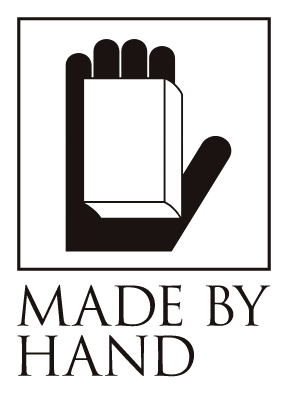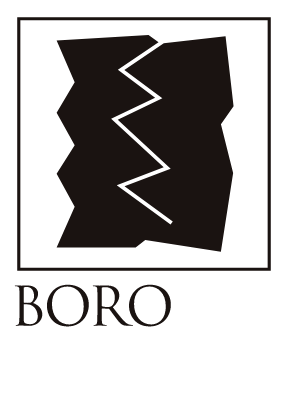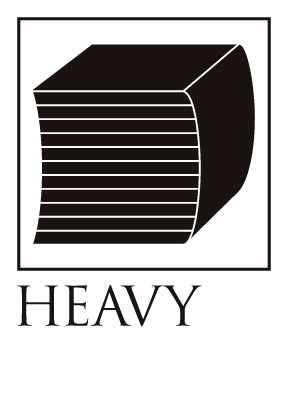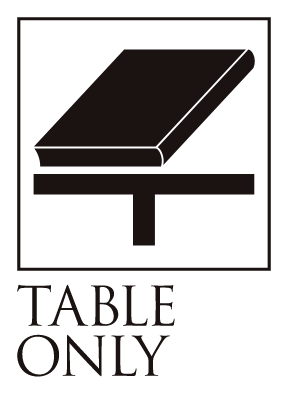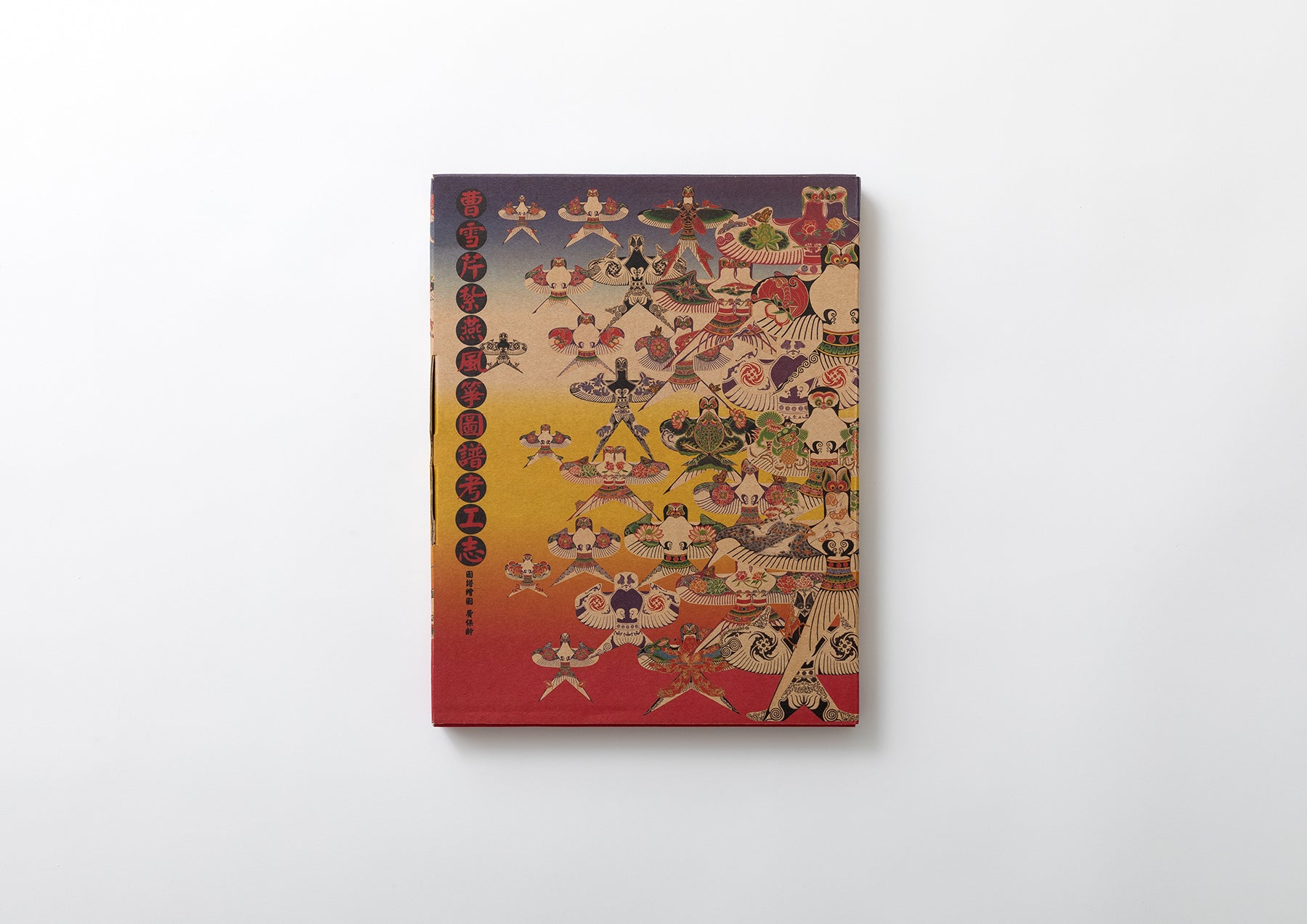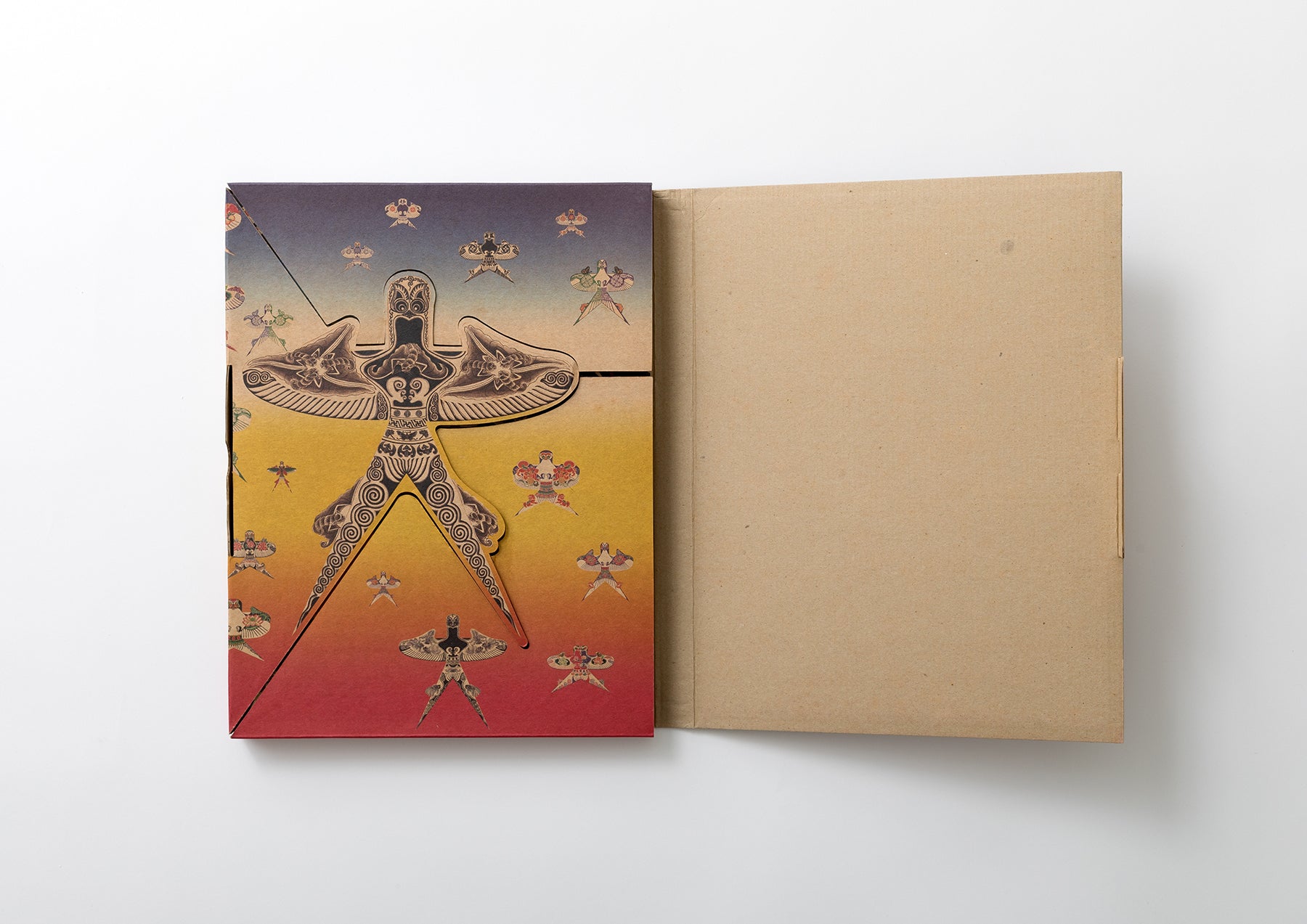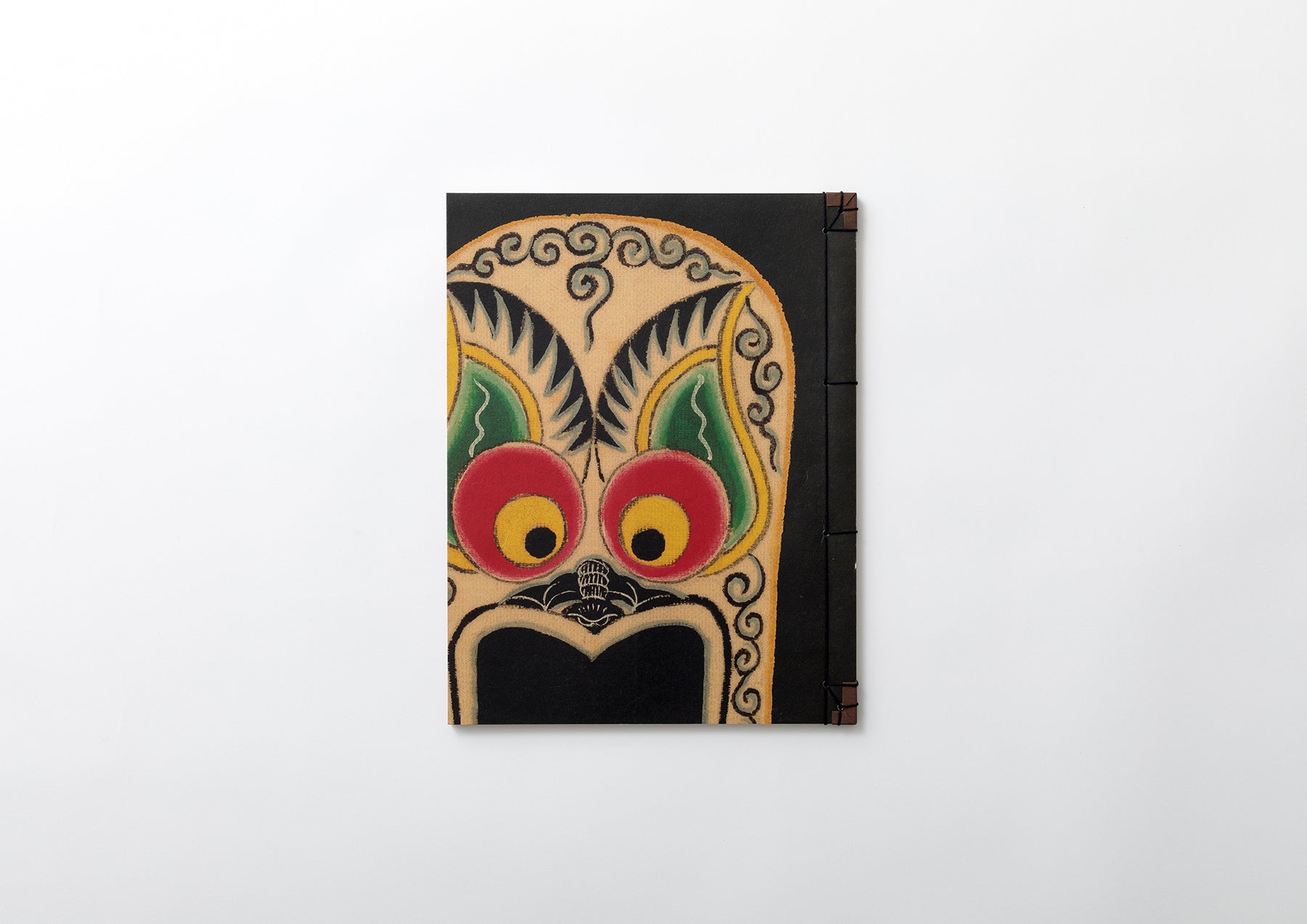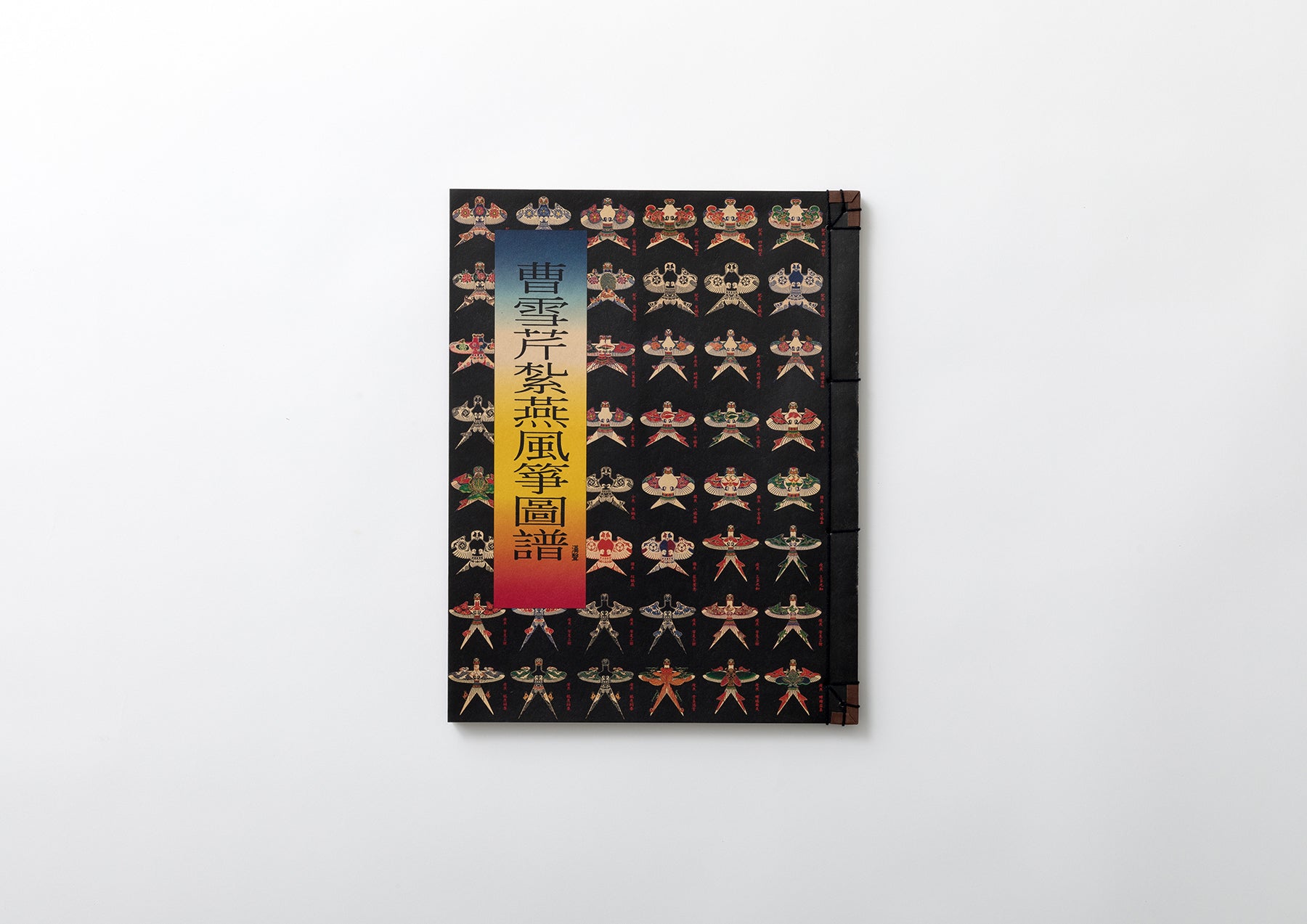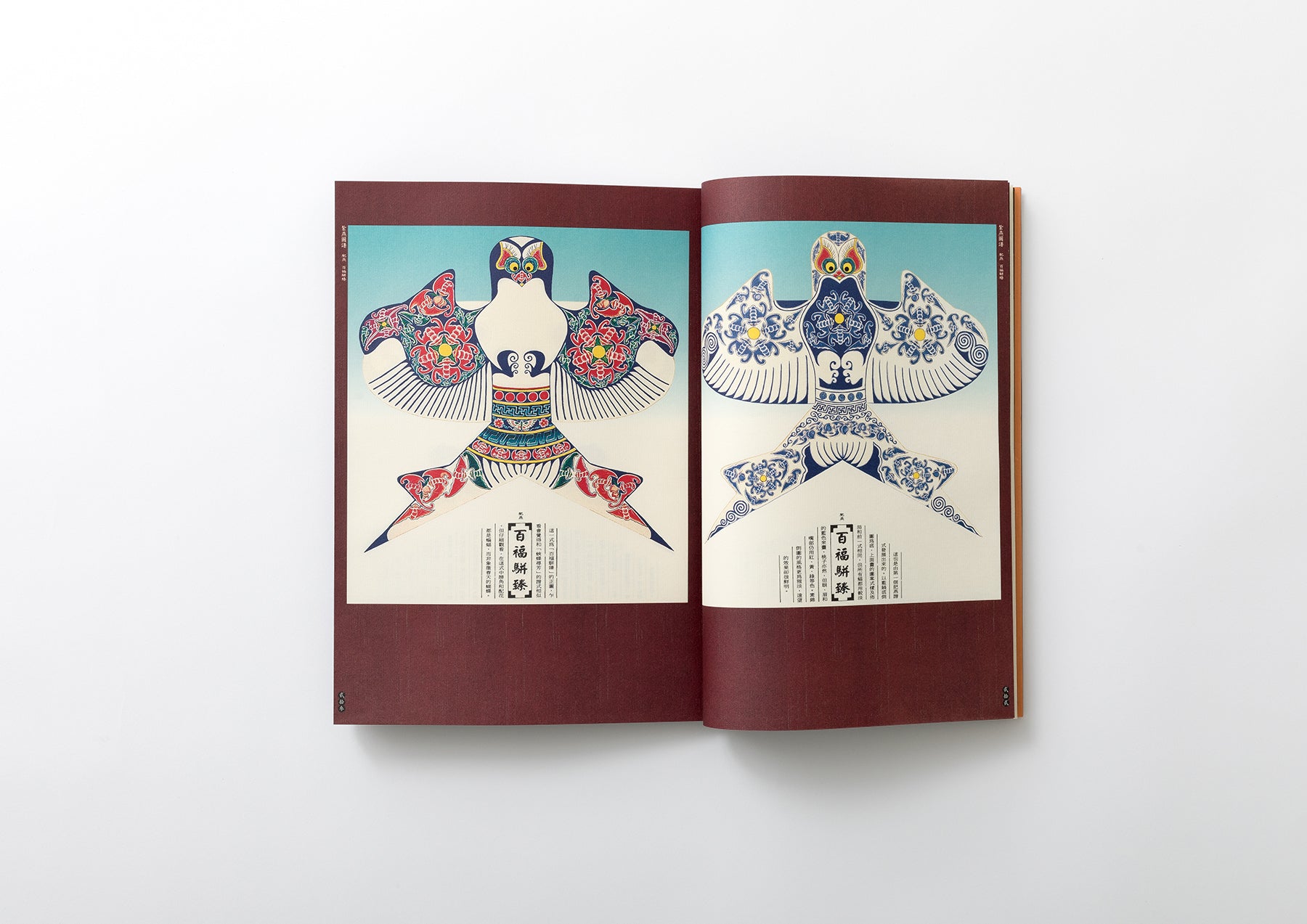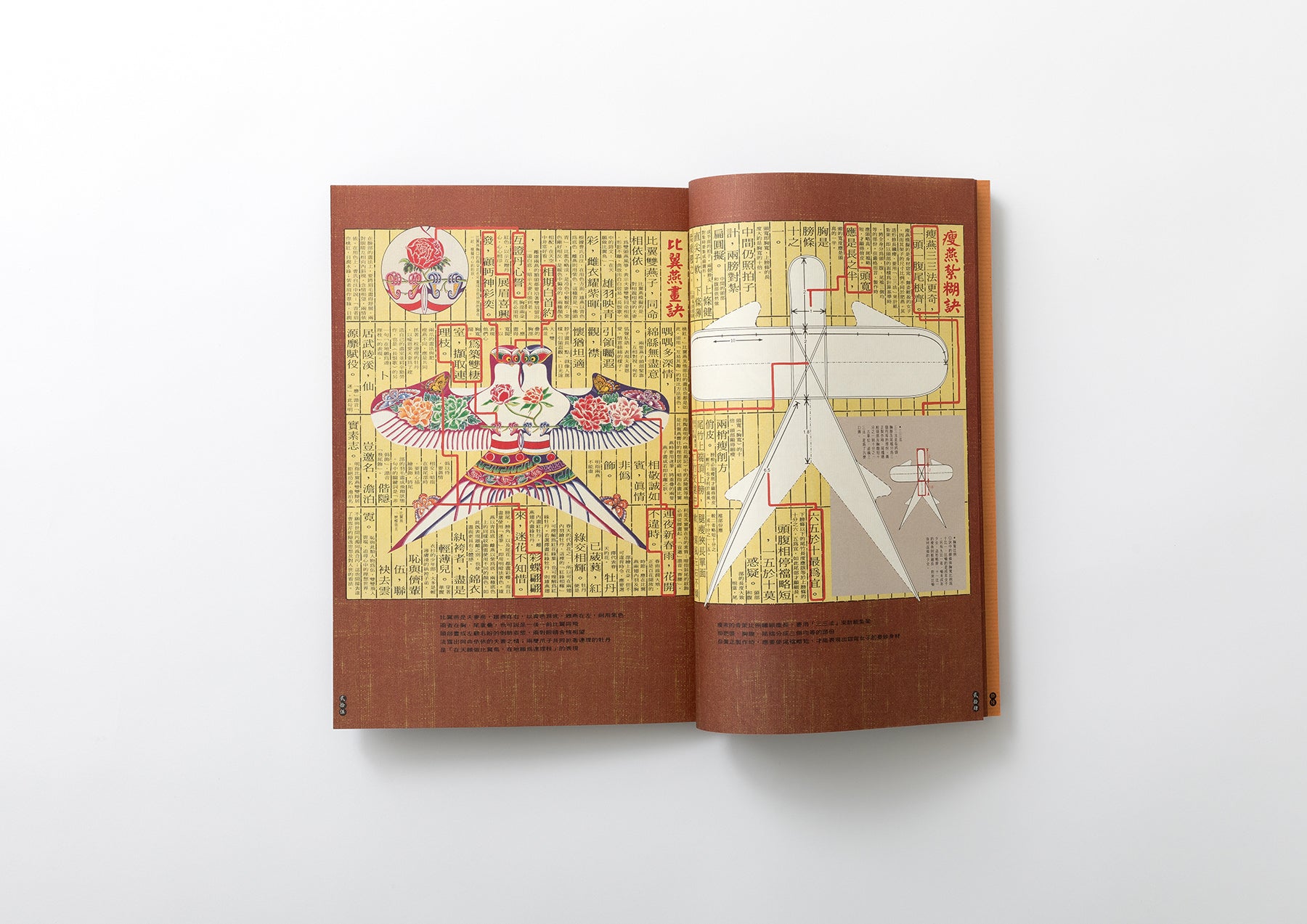Cao Xue Ziang Ligation Yan Feng Koto Picture
Bibliographic Details
- Title
- 曹雪芹風箏圖譜(漢聲雑誌116+117)
- Artist
- Huang Yongsong / 黄永松
- Editor
- Wu Meiyun / 呉美雲
- Designer
- Xi Song / 奚淞、Yao Mengjia / 姚孟嘉
- Director
- Huang Yongsong / 黄永松
- Images
- Fei Baoling / 費保齢
- Publisher
- ECHO PUBLISHING CO., LTD., / 漢聲
- Year
- 1998
- Size
- book: h338 x w260x d8 mm, h338 x w260x d10 mm / case: h344 x w270 x d26 mm
- Weight
- book 1,020g / with case 1,200g
- Pages
- 92(No.116) / 68(No.117)
- Language
- Chinese / 繁体字中国語
- Binding
- Japanese binding / 和綴じ製本
- Materials
- Paper
- Condition
- Good
For the Weak
Reported by Cao Xueqin of "Dream of the Red Chamber"
The legendary kite instruction manual.
The box is cut out with the outline of a swallow kite, and the cover shows a swallow-shaped kite swimming in a rainbow-colored sky. The sight of 73 different kinds of colorful swallow-shaped kites appearing as you turn the pages is very impressive. The book has been highly praised overseas for its uniquely Chinese exotic charm and bold national character, and in 2007 it won the World's Most Beautiful Book Competition (BEST BOOK DESIGN FROM ALL OVER THE WORLD) won the grand prize.
Cao Xueqin's Yanfeng Zheng Tufu is a book that stands out for its visual beauty, but it also has a profound spiritual beauty.
The first book in the two-volume set is "Cao Xueqin Zhao Yan Feng Zheng Tupu." As the name suggests, the book is centered around illustrations and introduces all 73 Swallow Kites in color. It is packed with content that is unparalleled, including not only the structure and tips on how to make them, but also the genealogy of kites (like a family tree). The fact that Cao Xueqin anthropomorphized the kite, which was originally a toy, and created a genealogy based on age, gender, body type, and interrelationships shows that Cao Xueqin himself treasured the Swallow Kites. The second book is "Cao Xueqin Zhao Yan Feng Zheng Kaogongzhi." Kaogongzhi is the name of the oldest technical book in China, and is still used today in specialized books on structure, standards, and manufacturing techniques, such as the manufacture of musical instruments and urban planning. This book mainly introduces the "songs," or "songs," that are essential to making Swallow Kites. If the first book is its visual beauty, the second book is the source of the book's spiritual beauty.
In the first place, Cao Xueqin published the original work "Nanyubei Kigongji" (The year of publication is unknown, and it may not have been published at all) as one of the eight volumes in the "Collected Drafts of Disused Arts" series. The concept common to all the series is vocational guidance for the disadvantaged. It was a practical book written with the aim of improving the living environment of people in socially disadvantaged positions such as people with disabilities, poor young people who cannot receive an education, and the elderly, by entrusting them with skills and cultivating their self-sufficiency rather than sympathizing with them. The series also covers a wide range of themes such as cooking, landscaping, seal carving, and dyeing and weaving.
The reason Cao Xueqin chose kite-making as one of her themes was that a friend of hers developed a leg injury, was unable to make ends meet, and asked Cao Xueqin for advice. Cao Xueqin believed that having a skill would be a fundamental improvement, so she taught her friend, who was already skilled with her hands, how to make kites and instructed him to take them to sell to wealthy people. The plan was a great success, and the friend visited Cao Xueqin the following year, bringing many gifts of appreciation, to express her gratitude. This incident prompted Cao Xueqin to compile the basics and tips of kite-making, which she was also good at, into pictures and songs, and bind them into a book. The publisher of this book, Huang Yongsong, enthusiastically explains that it was this particular incident that inspired him to decide to publish the book.
One thing worth mentioning throughout the series is the "Songs (Song Techniques)." All explanations and commentaries in the series are written as songs. This was Cao Xueqin's kindness and consideration, so that even those who cannot read, have poor eyesight, or are children can naturally learn the techniques by humming the songs. These songs, like Japanese tanka and waka, do not have a scale like do-re-mi, but are like poetry with a rhythm and rhyme unique to Chinese.
About the original text "Nanbukoku Tobikou-ki" and the "Haigeisaishuukou" series:
The original text is a mysterious and phantom book, and until just a few years ago it was not even certain that the author was Cao Xueqin. There is no record of its official publication, and the only people who have seen the original are Takami Kaju, a Japanese teacher who taught at the National Academy of Arts and the National College of Arts, the predecessors of the current China Academy of Fine Arts, during the war, several of his students, and a Japanese man named Kaneda, who is said to be the owner of the original text. At Takami Kaju's request, he applied to Kaneda for permission to lend him the original text on making swallow kites and to copy it, and the part he copied in the limited time of one month is the original text of "Cao Xueqin Yanfengzheng Tufu." Unfortunately, there is not even a slight record left of the other seven books in the series. Even more regrettably, Kaneda returned to Japan with the original text at the end of the war in 1945, and its whereabouts remain unknown, making it a phantom book.
